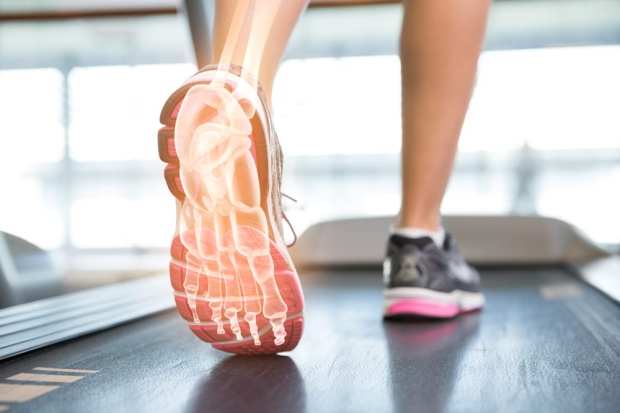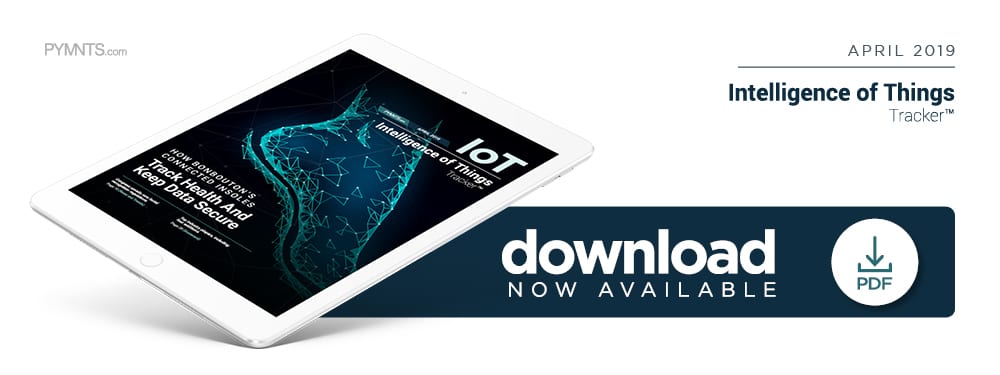How Bonbouton’s Connected Insoles Track Health And Keep Data Secure

From fitness bands to heart rate monitors, consumers have a seemingly endless number of healthcare trackers from which to choose, but their conveniences can come at the cost of data privacy. In the latest IoT Tracker, Linh Le, CEO and founder of Bonbouton, explains the challenges IoT companies face in becoming the intermediary between patients and healthcare providers.
 Intelligence of Things (IoT) devices are increasingly supporting a range of healthcare products, from fitness bands to heart rate monitors. Yet, while IoT technology can reliably track patients’ conditions, it can also present new opportunities for fraudsters to steal information — of which consumers are particularly wary. As such, innovators must ensure that patients, and the healthcare community as a whole, can trust these devices to safely store and use collected data. Bonbouton, an IoT healthcare company, is one such firm working to balance security and trust.
Intelligence of Things (IoT) devices are increasingly supporting a range of healthcare products, from fitness bands to heart rate monitors. Yet, while IoT technology can reliably track patients’ conditions, it can also present new opportunities for fraudsters to steal information — of which consumers are particularly wary. As such, innovators must ensure that patients, and the healthcare community as a whole, can trust these devices to safely store and use collected data. Bonbouton, an IoT healthcare company, is one such firm working to balance security and trust.
The company’s main product is a connected insole that helps diabetic users track their foot health, detect early signs of ulcers and even prevent potential amputations. The insoles send data and healthcare notifications to connected smartphones, then patients can review the data in Bonbouton’s app, and send it to caregivers and podiatrists.
“Not a lot of people consider IoT as a private [network],” said Linh Le, the company’s CEO, adding that the trust issue is similar to the privacy concerns surrounding smart speakers like Amazon’s Echo. “From the developer and medical side, we want more data — but how the consumer, how the user and how the healthcare community perceives that [is] another story.”
Regulating Healthcare Data
One way to gain the trust of users is through further regulation, Le said.
“The data that IoT is generating should be regulated like credit scores. There should be several entities that are regulated by the government … when it comes to which data belongs to which user,” he said, noting that this data should be shareable among a network of trusted partners.
Le also believes that the treatment of healthcare data should be weighed based on individual patients’ healthcare needs.
“We can talk about the Facebook breach [or] the Equifax breach for the whole day, but on the healthcare side … the worse the health condition … the less regulation or the less security should be applicable in order to help that user with [their] health,” he said.
Trust must be established on both sides for this to occur. Bonbouton works to create this by mandating consent for data transactions. Both patients and caregivers must consent before data from the insoles can be sent to doctors, which can present a challenge — some users are still wary of sharing their data through an IoT network.
Since Bonbouton is working in the healthcare field and transmitting data to doctors, it needs to comply with the Health Insurance Portability and Accountability Act (HIPAA) and other regulations in the medical space, Le said. Though it’s difficult to comply with these regulations, Bonbouton must do so to protect patients’ data and privacy, and to enable IoT expansion in the healthcare space.
IoT Healthcare In The Connected Age
Once these security and regulatory measures are met, IoT technology has a huge amount of potential when it comes to managing chronic pain and other healthcare conditions, Le said. In fact, Bonbouton is looking to grow its technology through a partnership with GORE-TEX, a waterproof outdoor clothing brand.
The partnership could eventually lead to the addition of Bonbouton’s sensors to GORE-TEX’s clothing, enabling further preventative healthcare use cases. If patients come around to these new technologies, he said, it could create a holistic experience, enabling them to track health information, speak with caregivers, and even make payments for medical bills and supplies — all through the company’s app.
Le gave an example of a potential use case for the app, stating that, “In the future, [the app] will be a gateway for diabetes care. So, not only for nutrition, but [it will] also [be] integrated with insulin purchasing and … other features that we want to develop.”
The eventual creation of this platform, however, relies on consumer trust and acceptance of IoT technologies. Whether companies and providers can foster that trust will be essential for the growth of IoT in healthcare and beyond.
